The timeless elegance of Jian Zhan: a journey through China’s ancient art of tea bowls
2024-01-05

The enchanting heritage of the Jian Zhan tea bowls
At the heart of China’s rich ceramic tradition lies Jian Zhan (建盏), or "Jian Ware"," a type of dark-glazed tea bowl that originated during the Song Dynasty (960–1279 AD). Prized for its rustic beauty and unique functional properties, Jian Zhan became a symbol of the sophistication of ancient Chinese tea culture. Today, these bowls are not only artifacts of history, but timeless pieces that bridge the gap between past and present.

A look at history
Jian Zhan originated in the Jianyang region of Fujian province, where local distilleries perfected the art of making sturdy, heat-resistant vessels from ferrous clay. During the Song era, tea drinking became a highly ritualized practice, and the Jian Zhan bowls became the preferred choice for the Dian Cha (点茶), the ceremony of whisked tea. Their dark interior showcased the frothy green hue of the powdered tea, while their thick walls preserved the warmth — a perfect combination of esthetics and utility.
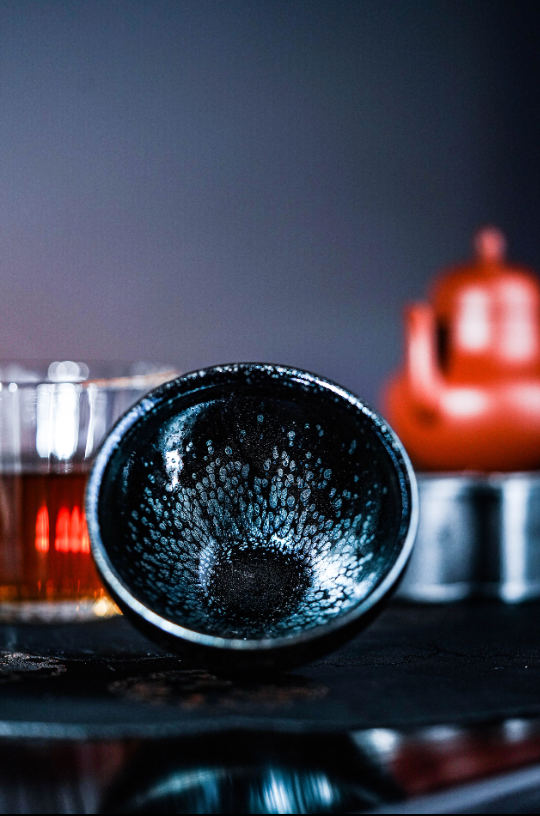
The alchemy of glaze and fire
What really sets Jian Zhan apart is its extraordinary glaze. Made from iron oxide and wood ash, the glaze is transformed in the unpredictable high-temperature reduction firing of the kiln. This process, known as yao bian (窑变), creates fascinating patterns such as the "hare’s fur" (tùháo), the "oil stain" (yóudī) and the rare "partridge feather" streaks. Each bowl is a unique masterpiece, with colors ranging from deep indigo to golden amber, as if capturing the cosmos in clay.
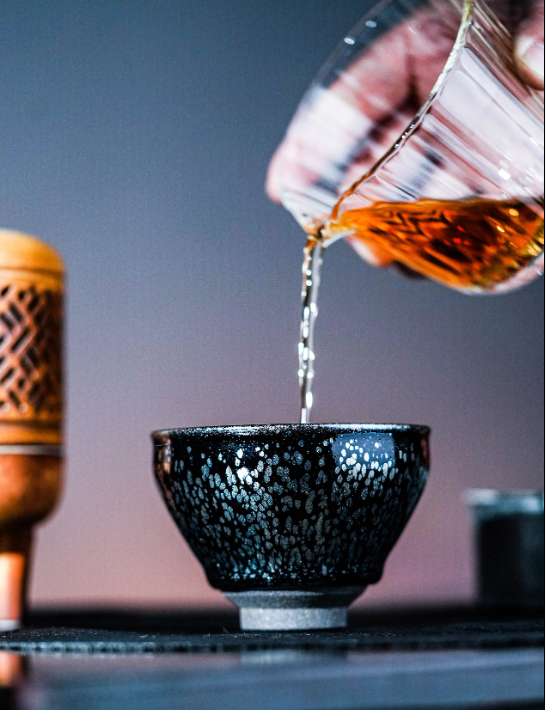
Cultural resonance and revival
The influence of Jian Zhan extended beyond China. Japanese monks visiting Song China brought these bowls home with them, where they were prized as temmoku in Zen tea rituals. However, the decline of powder tea culture in the Ming Dynasty meant that Jian Zhan techniques were almost extinct.
Fortunately, there was a revival in the late 20th century. Artisans carefully reconstructed the old methods, combining tradition with innovation. In 2017, Jian Zhan firing was recognized as China’s national intangible cultural heritage, cementing its place in the pantheon of global ceramic art.
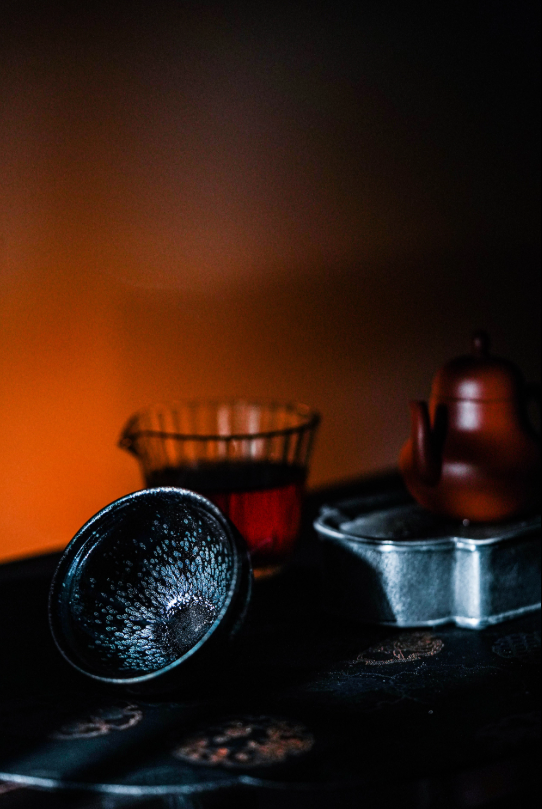
Jian Zhan today: where tradition meets modernity
Contemporary Jian Zhan is both a tribute to history and a canvas for creativity. Collectors value antique pieces for their patina of age, while modern artists experiment with glazes and shapes. For tea lovers, using a Jian Zhan bowl is a sensory experience — the way the glaze interacts with the tea over time, developing a shimmering "tea stain" sheen, adds depth to every sip.
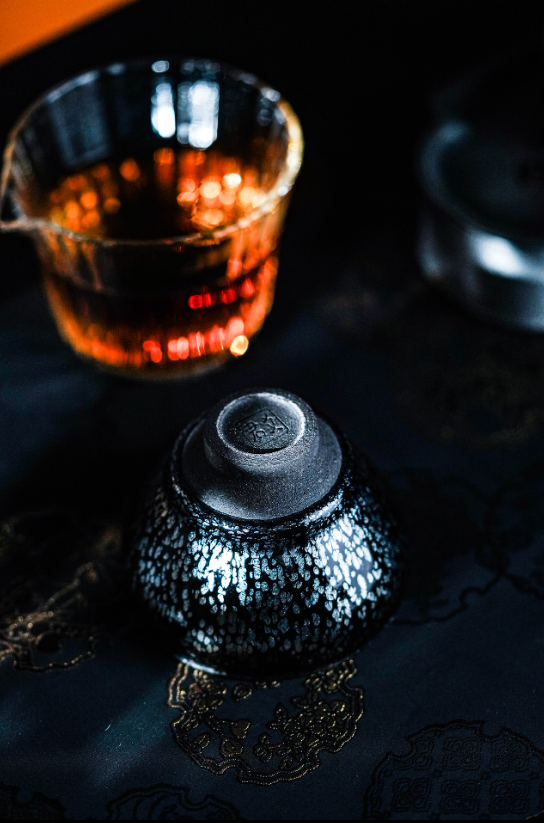
Conclusion
Jian Zhan is more than just a tea bowl; it is a testament to human ingenuity and the serendipity of nature. When we pick up these bowls today, we connect with the poets, monks and emperors who once found solace in their quiet beauty. In a fast-paced world, Jian Zhan reminds us to pause, savor and appreciate the artistry that comes from earth and flame.
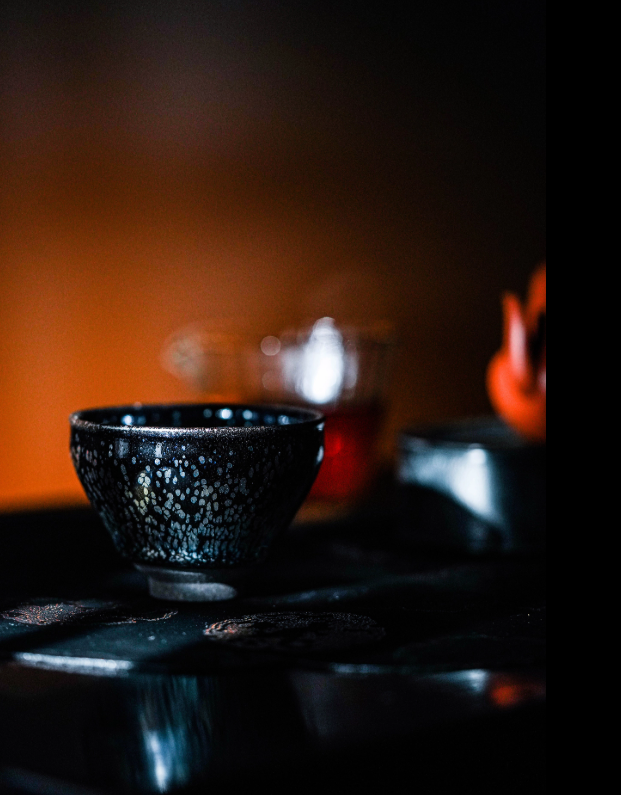
Embrace the legacy — brew your next cup in a Jian Zhan and let the story steep along with your tea.

 USD
USD

